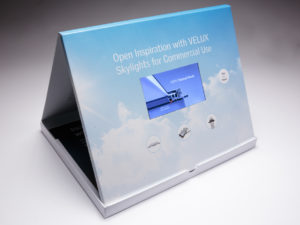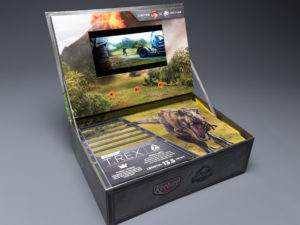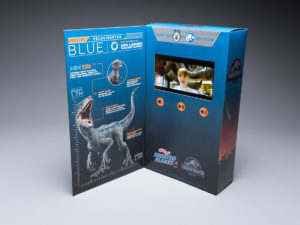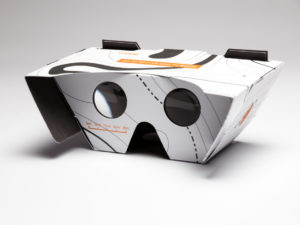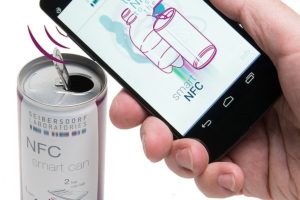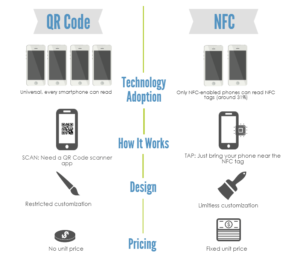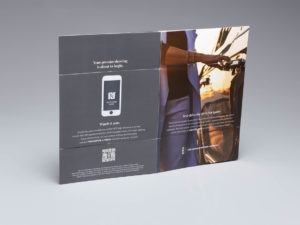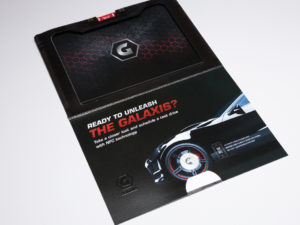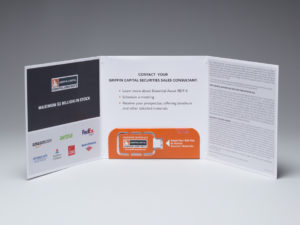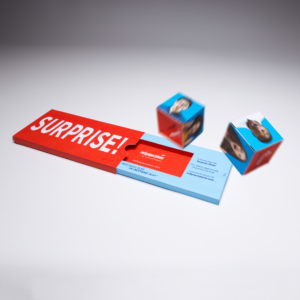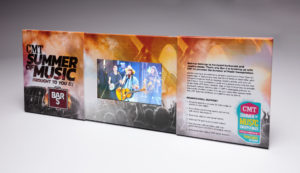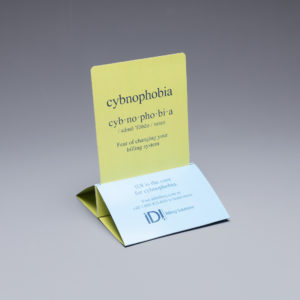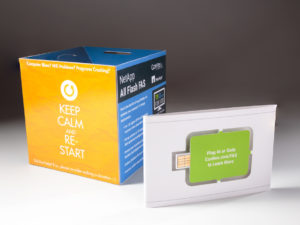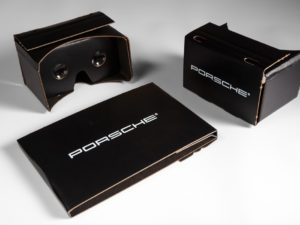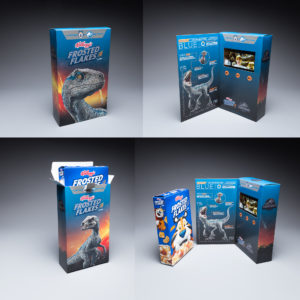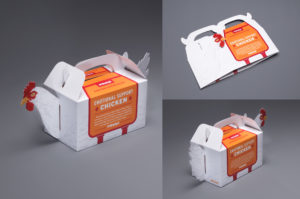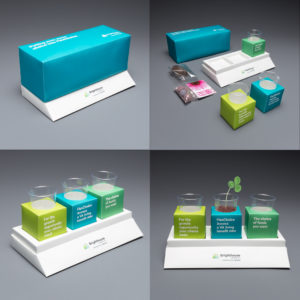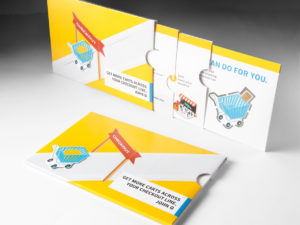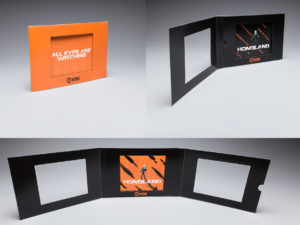Regardless of how you use it, video has become the most popular type of digital content used by people the world over. As such, it’s also a supremely effective communication tool for business, allowing advertisers, marketers, and sales teams to share everything from testimonials, product demonstrations, educational messages, reviews, and more with a target audience.
The research is clear.
According to a report from HubSpot Research, 54% of consumers want to see videos from brands they support in comparison to email newsletters (46%) or social image content (41%). Additionally, the report states that video is the most memorable content (43%) in comparison to images (36%) and text (18%).
But between customers’ varied preferences and the ever-evolving digital landscape, it can be difficult to know where to start. To help you out, we’ve outlined five video trends worth paying attention to, and how they can be used in your own marketing efforts.
Trend 1: Video First. “Video First” is a term coined by Facebook in reference to a growing phenomenon: consumers not only want to consume video, but also produce it. As today’s consumers look to express themselves, video makes it easier to provide a holistic view of ourselves, our lives, and the items we love.
Pro Tip: When developing your marketing campaigns, consider it from the lens of this “video first” mentality and get closer to your audience than ever before.
Trend 2: Live Video. Maybe you’ve heard of them: Facebook Live, YouTube Live, Instagram Stories, Periscope. Nowadays there are so many opportunities for live video, whether it’s based upon turnaround time, platform, or something else entirely. Live video, unlike pre-recorded content, draws people in nearly three times longer, according to the same HubSpot study. And brands have noticed.
Pro Tip: Look for the platforms that your target audience is using the most and experiment with live streaming. Perhaps it’s a Q&A session where you can interact in real-time with your customers or maybe it’s a simple look at a day in the life at your company. Whatever topic you choose, make it engaging – this is an opportunity to make your customers feel like they’re truly a part of your brand.
Trend 3: Cost Reduction. With so many high-quality tools at your fingertips, producing video is easier and more cost friendly than ever. At Structural Graphics, we offer custom Video in Print Brochures that marry the tactile feeling of print with the sights and sounds of video.
Pro Tip: With a smartphone, microphone and solid game plan, you’re sure to win the hearts and minds of your audience.
Trend 4: Virtual Reality. You know that cliche about walking in a man’s shoes? Well, with virtual reality, you actually can. Global revenue for this market is expected to reach $3.7 billion by 2020, according to SuperData Games and Interactive Media Intelligence.
Pro Tip: Get ahead of your competitors with our SleekPeeks®, customized virtual reality viewers that assemble in seconds and don’t break the bank.
Trend 5: 360-Degree Video. It’s exactly what it sounds like: a video that offers multidimensional perspectives of places like a room, landscape, or event. Implementing 360-degree video into your marketing efforts offers a customized experience for viewers, literally allowing them to fully emerge themselves in an experience.
Pro Tip: Start small. Think Google 360 View or Facebook’s relatively new functionality that allows users to pan or tilt a panoramic image that’s posted to its platform. Not to mention, 360-degree video content works great with our SleekPeeks® Virtual Reality Viewers!
